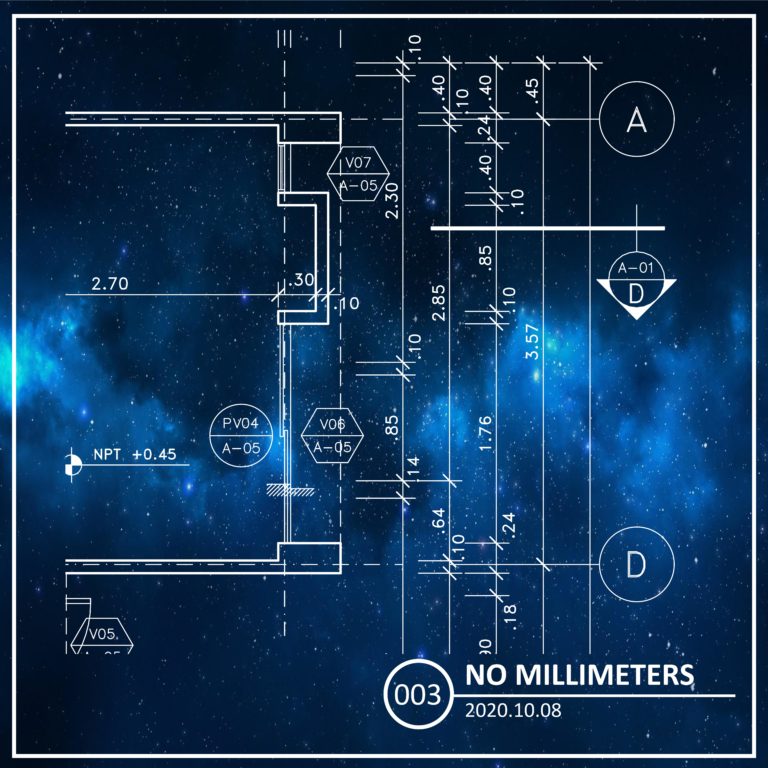No millimeters in architecture
“The distance to the building shall be 29′-6 11/32″.”
“Classrooms shall have an area of 116,250 ¼ square inches.”
“And God said to Noah … the length of the ark shall be 137,100 mm …”
A bit ridiculous, right? When building codes insert the (mathematically accurate) conversion to millimeters, it sounds just as absurd. One millimeter may be the thickness of a blade of grass. Do we (will we) architects really hold carpenters and excavators to that degree of accuracy? I doubt it (“please demolish and rebuild that wall – you’re off by 1/16″ ”).
Years ago, when I was part of a team translating BOCA into what would become the “International” Building Code, I proposed adding a note to the very first page of the IBC stating “For the purposes of this Code, one inch equals 2.5 centimeters” (instead of 2.54). That way, 4 inches would become 10 cm, and double the inches (8) exactly double the centimeters (20). Since the rest of the team were translators or engineers, who had never actually designed or built a project using the metric system, it didn’t fly.
Architects in countries that use the metric system use meters with up to two decimal points (centimeters), not millimeters, for architectural drawings. Since only three countries have not adopted the metric system (the U.S., Liberia and Myanmar), to be truly “international” the IBC should list first the sensible metric dimensions, and put in parentheses the “funny” equivalents in fractions of an inch. But the IBC really is like the World Series, with no foreign teams.
If you read this far, and you agree with me, I suspect you would enjoy the book The Perfectionists – How Precision Engineers Created the Modern World, by Simon Winchester. If you do not agree with me, you might like it even more.


Entertaining, concise, and do I dare say, exact.